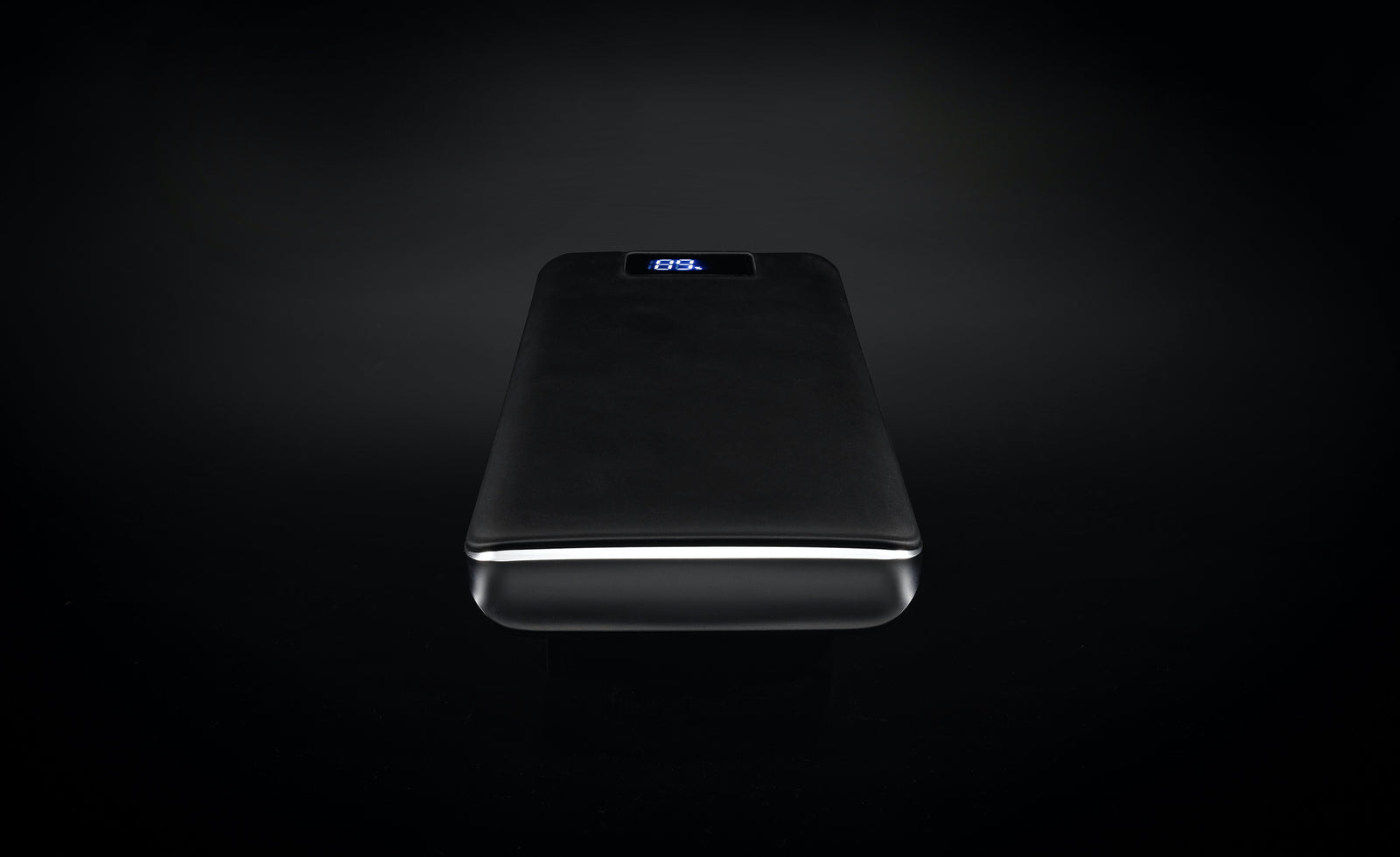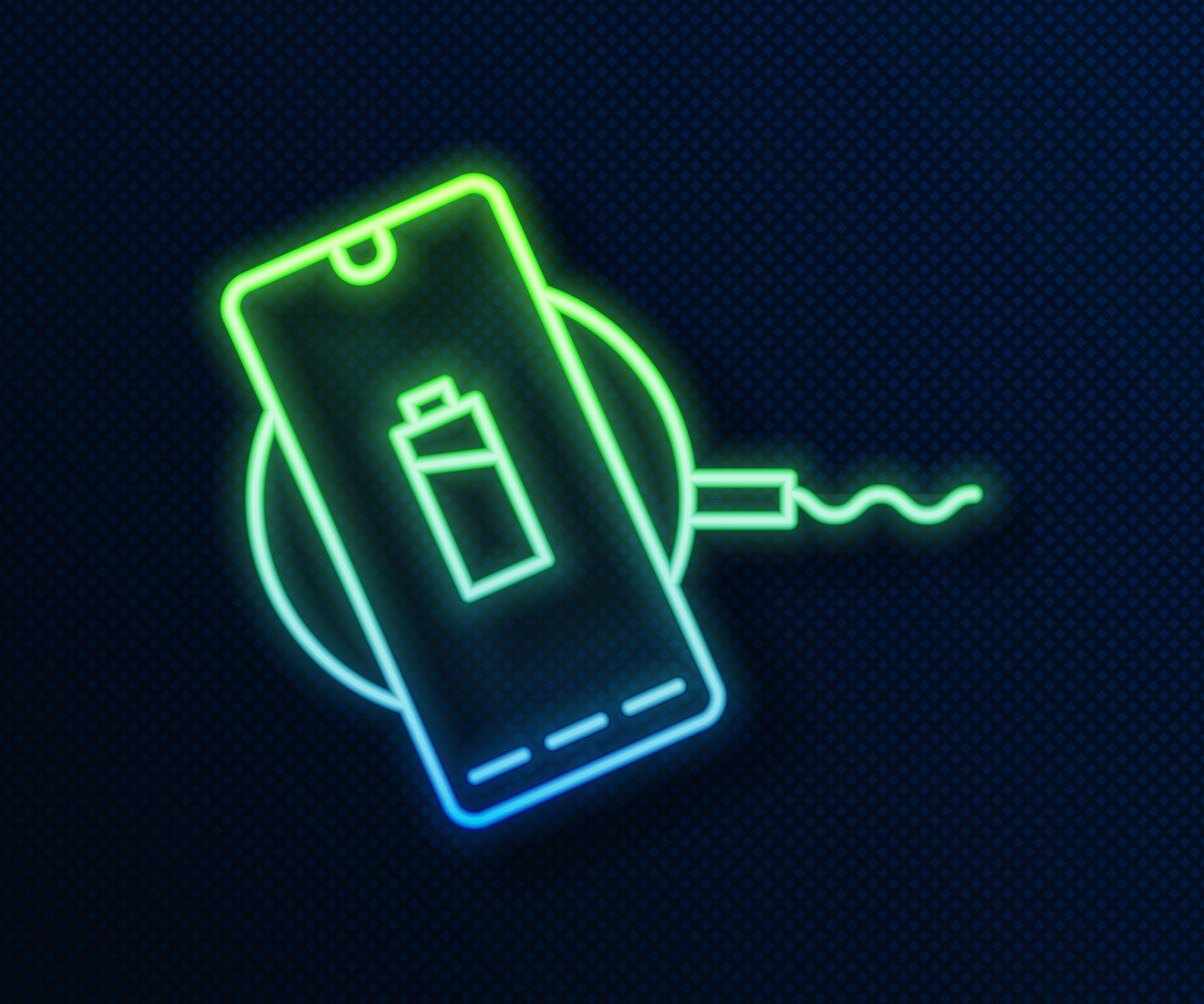
All About Qi
All About Qi
We just hope that by the time we can realistically replace all wired chargers with wireless versions, the stigma behind wireless waves would have dissipated to some extent.
Seeing how it would make absolutely no sense whatsoever for chargers to evolve independent of the devices they’re supposed to be charging, you can understand how dependent they are on new designs and technical patterns.
- 06 September, 2021
- 3 min read
This isn’t the case with companies like Apple, Samsung, or LG, who have to first and foremost ensure that their chargers are safe to use with their proprietary devices. As you would expect, this reduces the overall effectiveness of their chargers, to the point where it’s probably not even worth buying them unless all your Qi-ready devices are also made by those companies.
The justification for getting a concealed wireless charger is pretty straightforward – people want to simply place their phone down on the table and have it charge without having to use any wires.
- acquire a desk qi charger
- clutter-free wireless chargers
- Investing in a hidden wireless charger
- reliable wireless charger
- 04 August, 2021
- 3 min read
If you’ve been introduced to using wireless chargers, you will undoubtedly understand the insane utility of owning such a gadget in this day and age.
- 26 July, 2021
- 3 min read
If you are pondering about the utility of a wireless charger like many others like you nowadays, you are probably wondering if a wireless charger represents a valid investment or if it’s just another fad.
It goes without saying that chargers are essential for anyone in this day and age who owns a mobile device, which is pretty much everyone at this point in time. Practical by nature, chargers have evolved a lot in shape, form, and functionality over the years, to the point where newer chargers don’t even use wires anymore.
- acquire a desk qi charger
- in-desk wireless charger
- through desk wireless charger
- through desk wireless charging
- 02 July, 2021
- 4 min read
We always hear people these days talk about how their lives have changed due to the emergence of new technologies and wireless chargers are definitely among the most widespread gadgets people have turned to over these past few years. Practical and effective, these chargers enjoy an impressive rise in popularity and understandably so.
A lot has been said about wireless chargers in recent years, some accurate, some not so much. Perhaps the reason why people are yet to form a definitive opinion on the technology is because of how relatively new it is, even though it’s been around for more than a decade.
People love their gadgets nowadays, don’t they? From phones, laptops, notebooks, and tablets to smartwatches, headphones, and wireless headsets, there seems to be a broad selection available for almost any device one might be inclined to acquire. All these devices, however, need to be charged regularly, which can be quite a tedious and peculiar process.
- acquire a desk qi charger
- FAQs about long distance wireless charging
- Investing in a hidden wireless charger
- 17 June, 2021
- 3 min read
Even though the technology still has a long way to go considering its tremendous potential, the options one has in regards to wireless chargers are quite versatile right now. You can get your wireless charging under desk if need be, on the table, built into the furniture, or in a stand-alone form with a charging pad that you can set up anywhere you want.
Free from the constraints of plugging and unplugging, wireless chargers offer a much greater versatility when it comes to charging a wide range of modern devices. This, however, wasn’t always the case as we are about to find out. If anything, earlier wireless chargers were just as rigid and inconvenient as traditional chargers.
- acquire a desk qi charger
- clutter-free wireless chargers
- in-desk wireless charger
- reliable wireless charger
- 07 June, 2021
- 4 min read


















